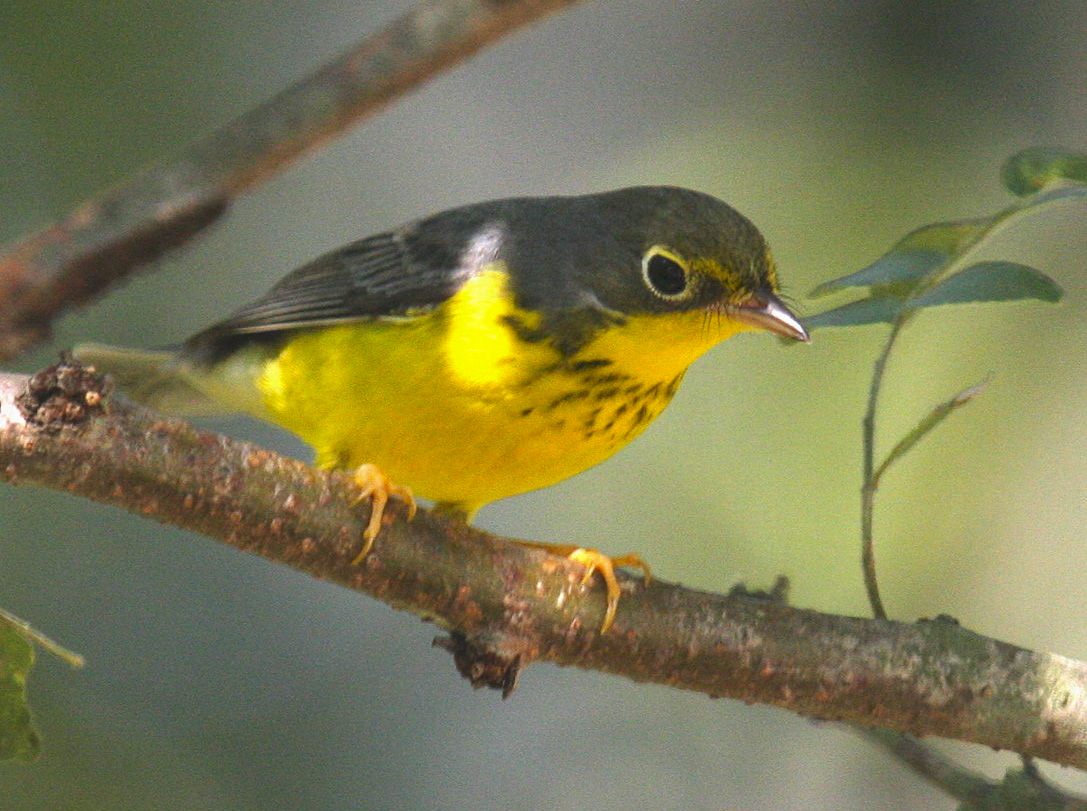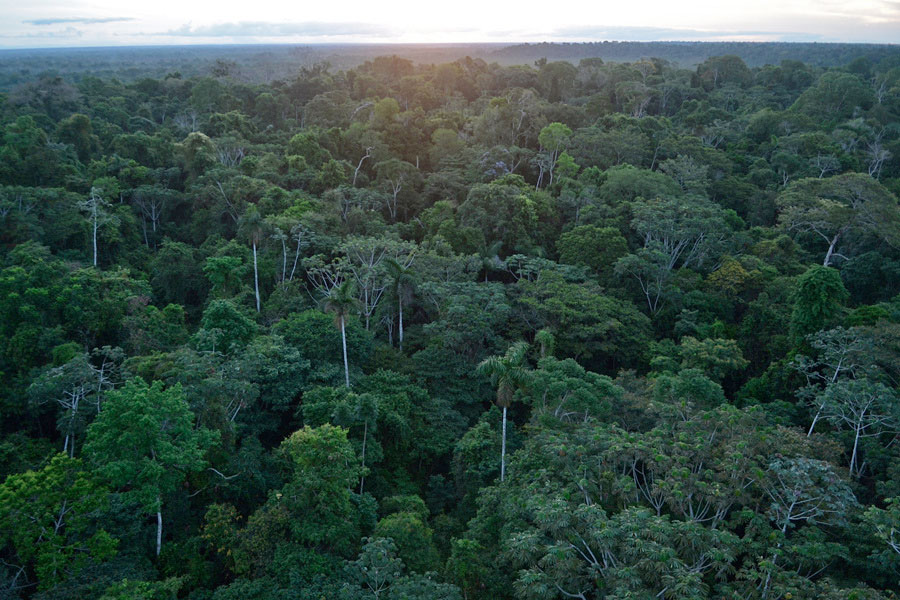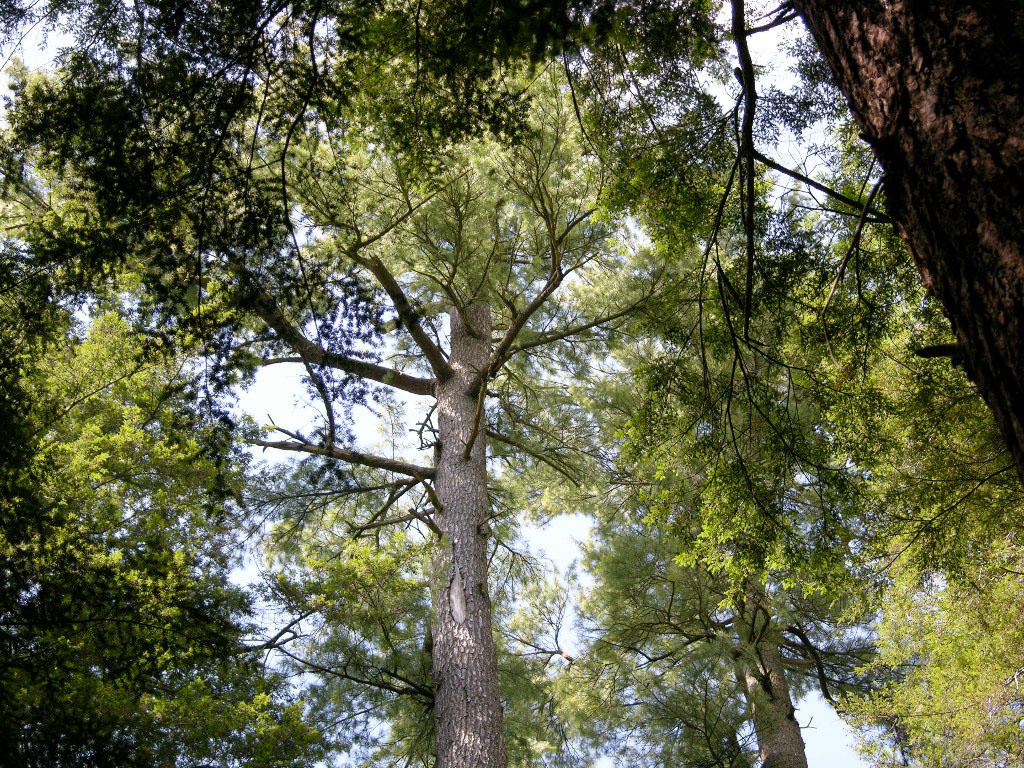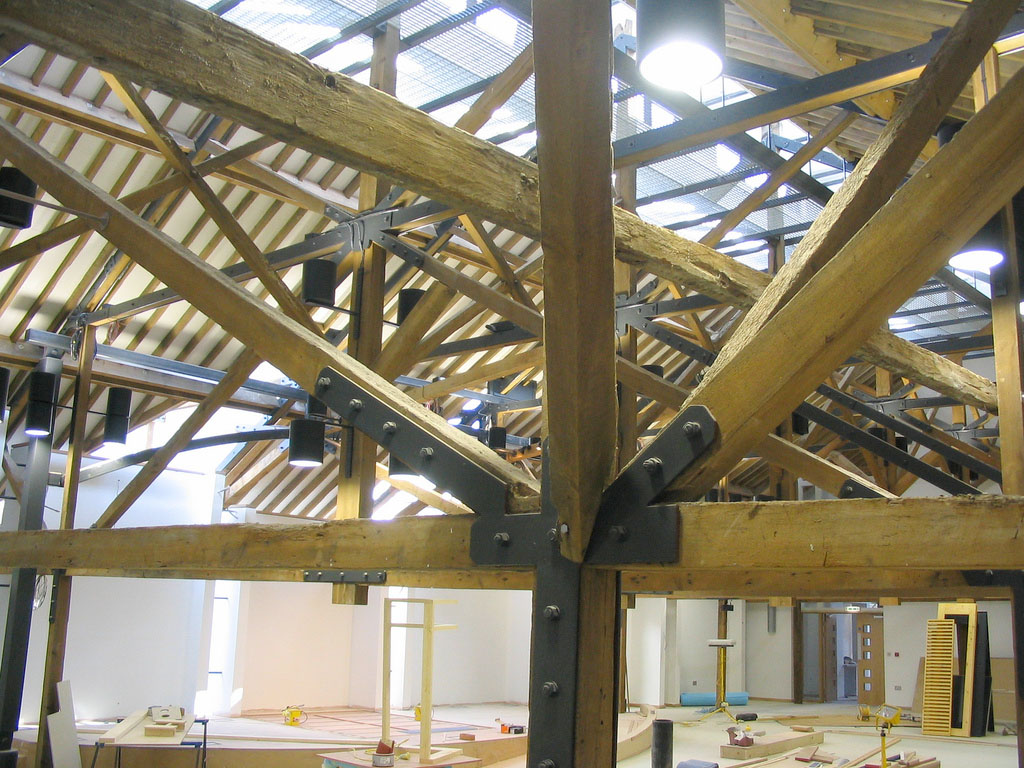It can seem like a terrible shame to cut down a strong, healthy tree – and often, it is. There are certainly times when mature trees are cut down for no good reason, or without any sort of plan to properly replace them. But the perception that cutting down trees is always bad just isn’t true. In fact, when properly managed, the process of growing and harvesting trees is an important part of a sustainable future for humans, wildlife and the environment.
The most important reason for this is very simple: trees are a renewable resource, and provide essential raw material for thousands of products, including wood, paper and even lumber byproducts that can be burned for energy. The fact is, wood is simply more sustainable than many other materials, to the point that it’s experiencing a major revival in even the largest-scale architecture and construction all over the world.
Unlike other raw materials, wood is easy and efficient to reproduce, especially fast-growing species like Eastern White Pine. Avoiding the devastating deforestation often associated with logging all comes down to sustainable methods of forestry, which meet the needs of the present without harming wildlife or the environment or compromising the ability of future generations to meet their own needs. Sustainable forestry methods outline long-term plans to ensure biodiversity in forests and regeneration capacity for decades or centuries to come.
In managed forests, the trees are younger and healthier, with care taken to ensure that they don’t become infested with pests or taken over by invasive species. Many people don’t know that young trees actually capture more carbon from the atmosphere and produce more oxygen than their old growth counterparts, helping to combat climate change.
Supporting sustainably produced wood and paper products also helps keep more land forested, since it provides an economic incentive not to cut trees down to make way for agricultural, residential or commercial usage of the land.
Photo: Wikimedia Commons











